The Future Is Now
I was wondering what is the next step of the Future Architecture at the Creative Exchange 2020 in Ljubljana’s MAO, during the launch of the 2020 European Architecture Program.
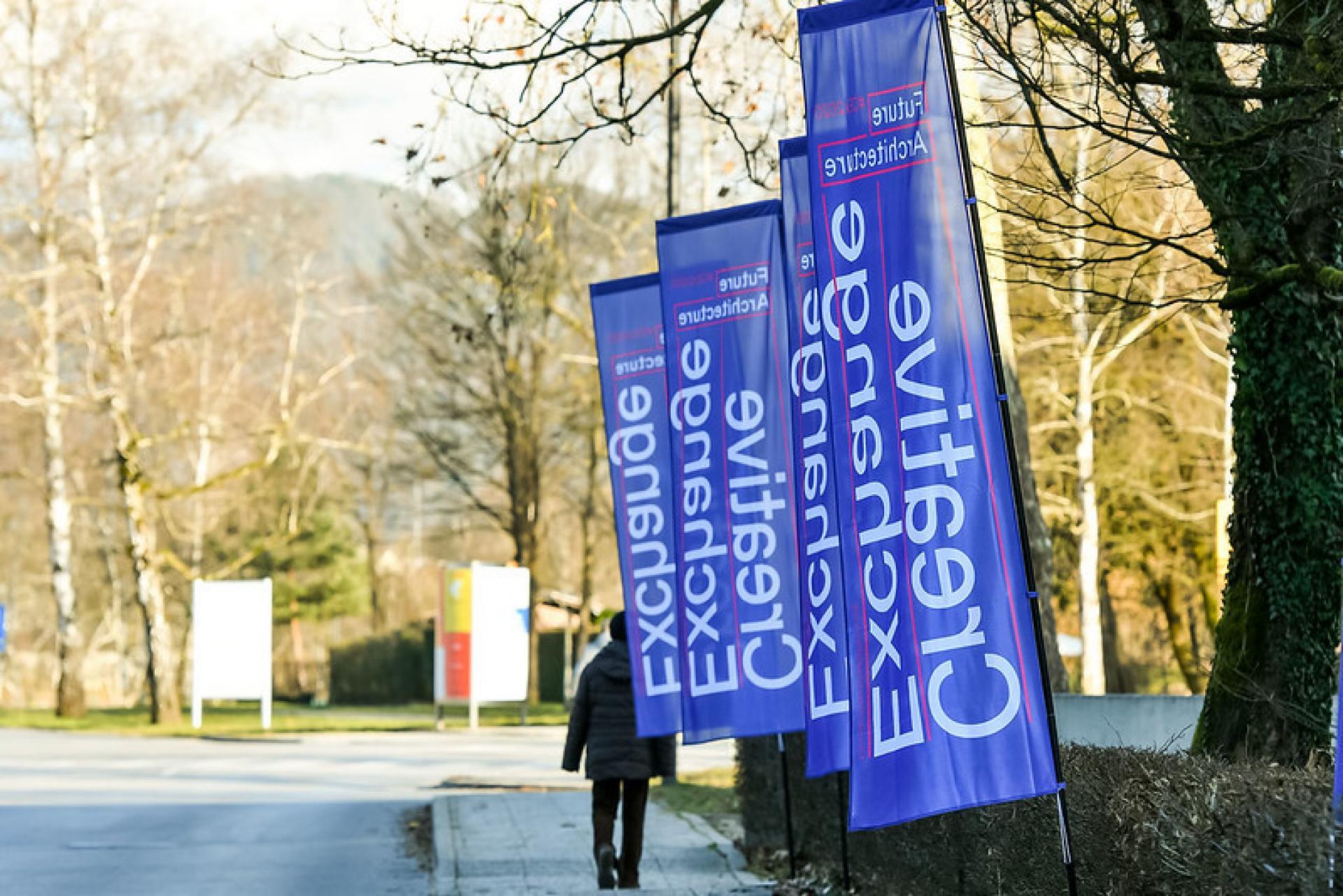
It includes a series of exhibitions, conferences, lecture series, workshops, summer schools, Archifutures publications in 12 cities around Europe.

This year’s call for Ideas drew a record of 433 entries from 53 countries, mostly from social and environmental issues and also from technology and heritage.

“There is nothing more important than thinking about the future,” says platform leader and director of MAO Matevž Čelik, “the coming generation of architecture professionals is clearly aware that the issue of the future of architecture is not a matter of yet another new building. They question everything, from how to establish new ways of practicing architecture alternative spatial relations, non-speculative housing models, open-source civic platforms for architecture and urban planning. They are developing tools to reactivate derelict spaces and awaken architectural activism in order to avoid the total breakdown of the climate and the environment.”
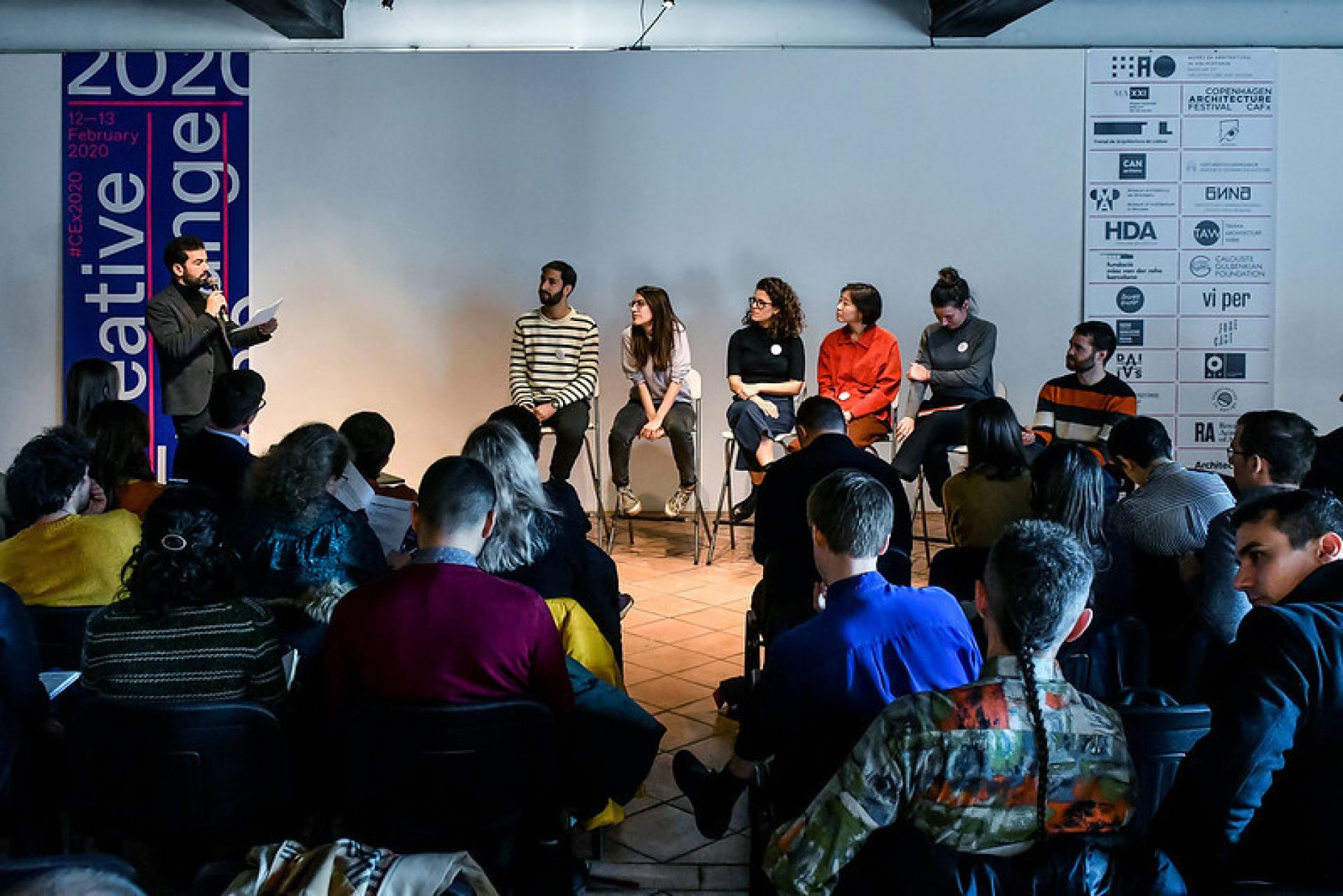
pais(vi)agem (Barcelona, Spain), Forty-Five Degrees (Berlin, Germany), Office of Human Resources (New York, USA), TiriLab (Thesprotias, Greece) and Institute for Linear Research (Triesen, Liechtenstein)
The Matchmaking conference featured 25 ideas that were selected and presented in five different panels Research, Storytelling, Architecture as Cultural Production, Strategies and Practice.

Mapping the Margins by Tirilab is a series of maps and documentations, identifying all the women associations, local agriculture cooperatives as well as abandoned buildings in Thesprotia province, in order to create an active platform where many cooperatives can find a space to grow.
Agro Commune by Office of Human Resources investigates how small-scale local farmers in Kenya can take and learn from the cut-flower dominated Greenhouse colonies owned by foreign corporations, in order to create ecologically sustainable models.

Armina Pilav from Un-war Space Lab (Mostar, Bosnia and Herzegovina), Grégoire Deberdt (Paris, France), Constantinos Marcou (Larnaca, Cyprus), Will Jennings (London, United Kingdom) and Sonja Lakić (Banja Luka, BIH).

Unfolding Pavilion (Trento, Italy), Amigdala (Modena, Italy), Proyecto Colectivo (Baltimore, USA), Mies.TV (Vienna, Austria), Agustin Schang (Brooklyn, USA),
Unfolding Pavilion shared the experience of creating low-budget but high-impact exhibitions at Venice Biennale but outside the official schedule. The occupied space is never a gallery, but a building of outstanding architectural value, whose manifold relationships with its context is brought to the fore by the project. From using airbnb to trade offs with the local councils to use well-regarded social housing schemes and involved the residents – the team questions the money spent on official shows and whether the local population should be more involved.
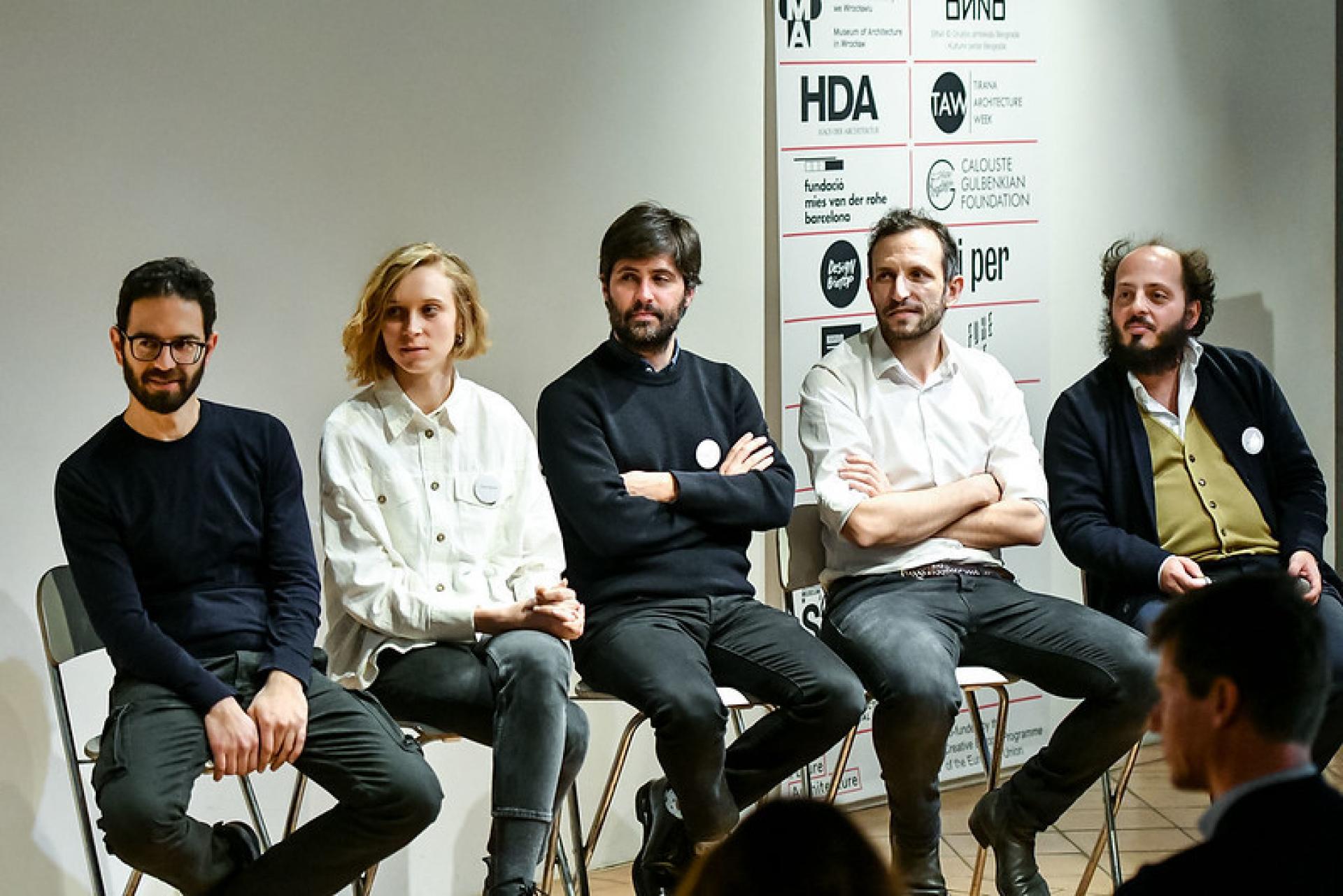
Renzo Sgolacchia (Rotterdam, Netherlands), Goda Verikaite (Rotterdam, Netherlands), Diego Sologuren, Brad Downey (Lausanne, Switzerland), TEN Studio & Alexis Kalagas (Australia), Architecture of Shame (Matera, Italy)
The Distributed Cooperative by TEN Studio & Alexis Kalagas from Australia has created sophisticated digital planning tools that can pinpoint small sites that are available to be built on to create mixed-use cooperative housing developments. Tested in Zurich, the project is envisioned as updated model of sustainable shared living for the human-centered ‘smart city’ of the future.
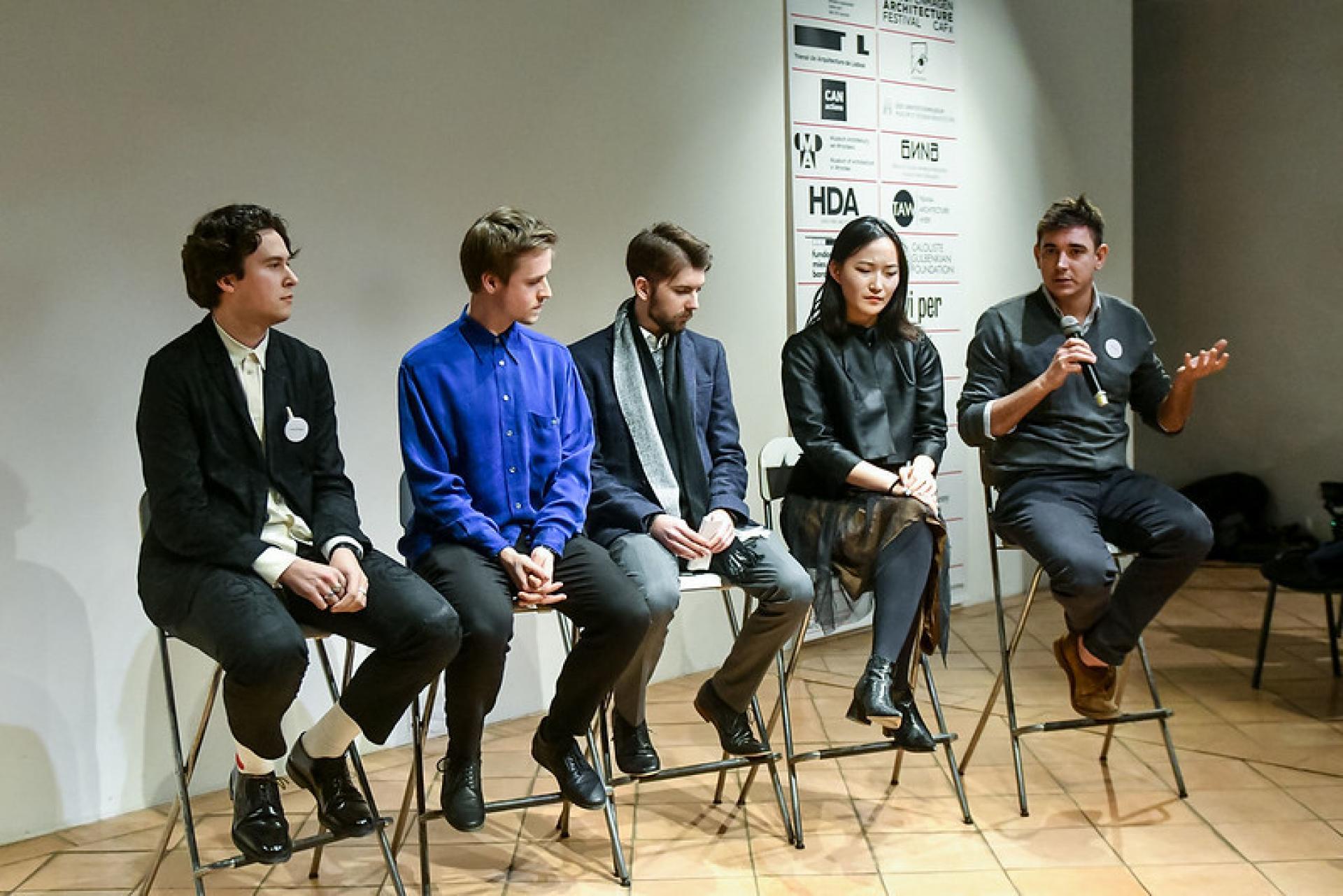
Critical Practice (London, UK), Jason Rhys Parry (Lafayette, USA), CIVIS (Cambridge, USA), Architects Climate Action Network (London, UK)

The Great Island of Replicas, an illustrated story by Constantinos Marcou, received an Honorable Mention at the 2019 Fairytales Blank Space Competition. Constantinous explains that “after the Great Explosion of many important parts of the planet, the cities were left floating in piles of sand, while only a few monuments survived. It’s been a few months since it was announced from the local authorities of Athens that the city has lost the temple of Parthenon. The whole world is still in terror and in search for what is behind this disappearance of unspeakable proportions… "

Monique Besten received the Writers Grant awarded by dpr-barcelona: “Books are louder than bombs!”
Why Does Beauty Matters? is an architecture backstage by Mies.TV, a global network of young people at the intersection of architecture and video. The documentaries focus on current themes which challenge the architecture profession and its environment.

As part of the Creative Exchange there were several Focus Talks featuring international and leading architects as keynote speakers like James Taylor-Foster, writer, editor and curator of contemporary architecture and design at ArkDes in Stockholm; Mariana Pestana, architect and curator of the Istanbul Design Biennial; Marina Otero Verzier, architect and director of research at Het Nieuwe Instituut; Léa-Catherine Szacka, architect, historian and critic.

James described why the color of the UK passports will change after Brexit, becoming royal blue again. Thomas Geisler the curator of the BIO 26, Common Knowledge gave a tour over the exhibition in MAO.

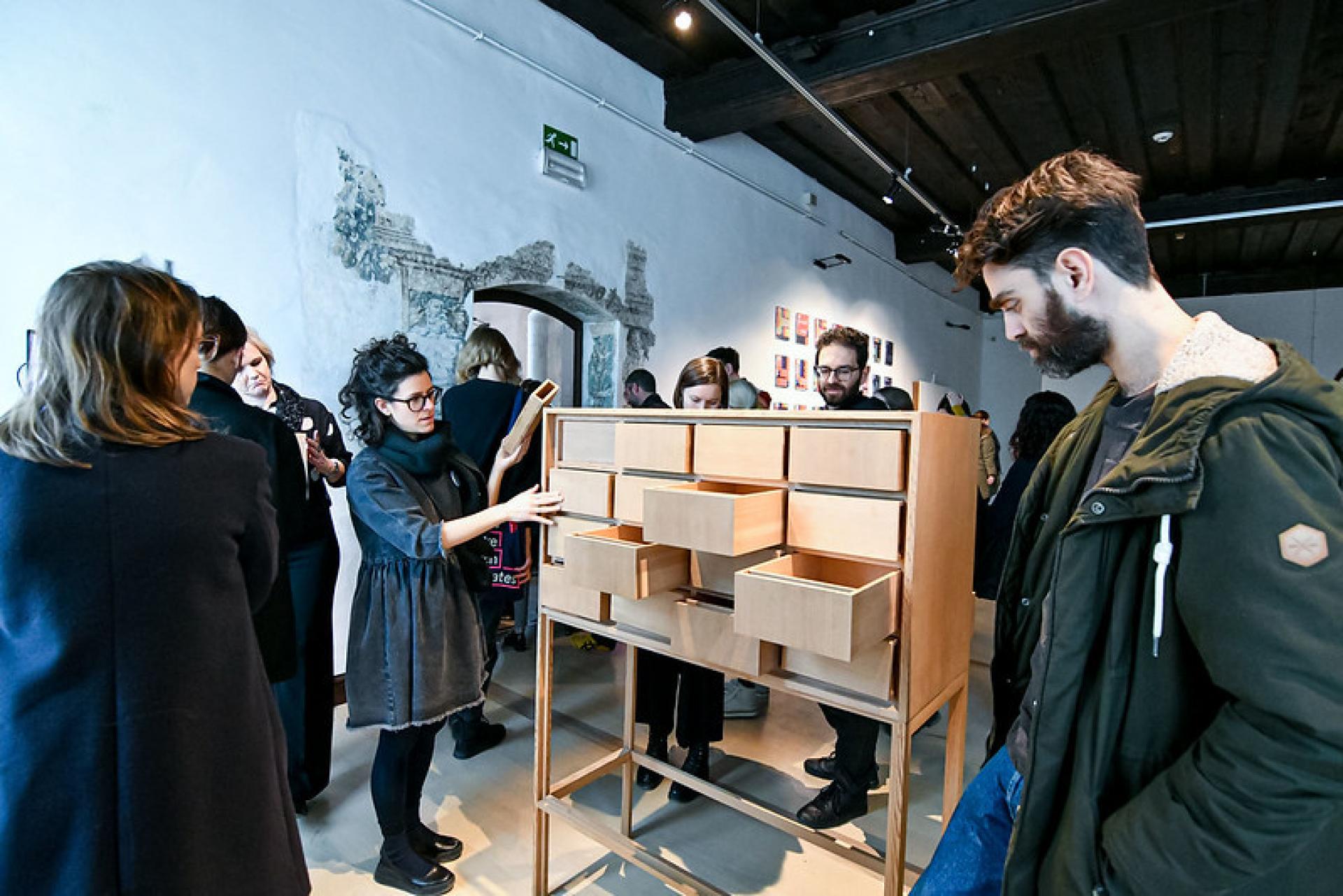

Future Architecture members had in last 4 years received 2.200 registration, among which have been selected 370 in the European Architecture Program, which consisted of 210 events with 1.300 ideas and projects. The Future Architecture platform is co-funded by the Creative Europe program of the European Union.

Call for Ideas is an invitation to register ideas and help shape the most groundbreaking architectural happenings and events that form the core of the European Architecture Program. You can apply in November and be selected to participate at the Creative Exchange in February.
Creative Exchange is the most insightful annual gathering of architecture lovers and professionals, and is held every February in Ljubljana. It brings together platform members and 25 of the most progressive emerging talents selected through the Call for Ideas.

European Architecture Program is a series of the most significant and interconnected architectural happenings and events in Europe, also featuring Architectuul’s Digital Research Fellowship.
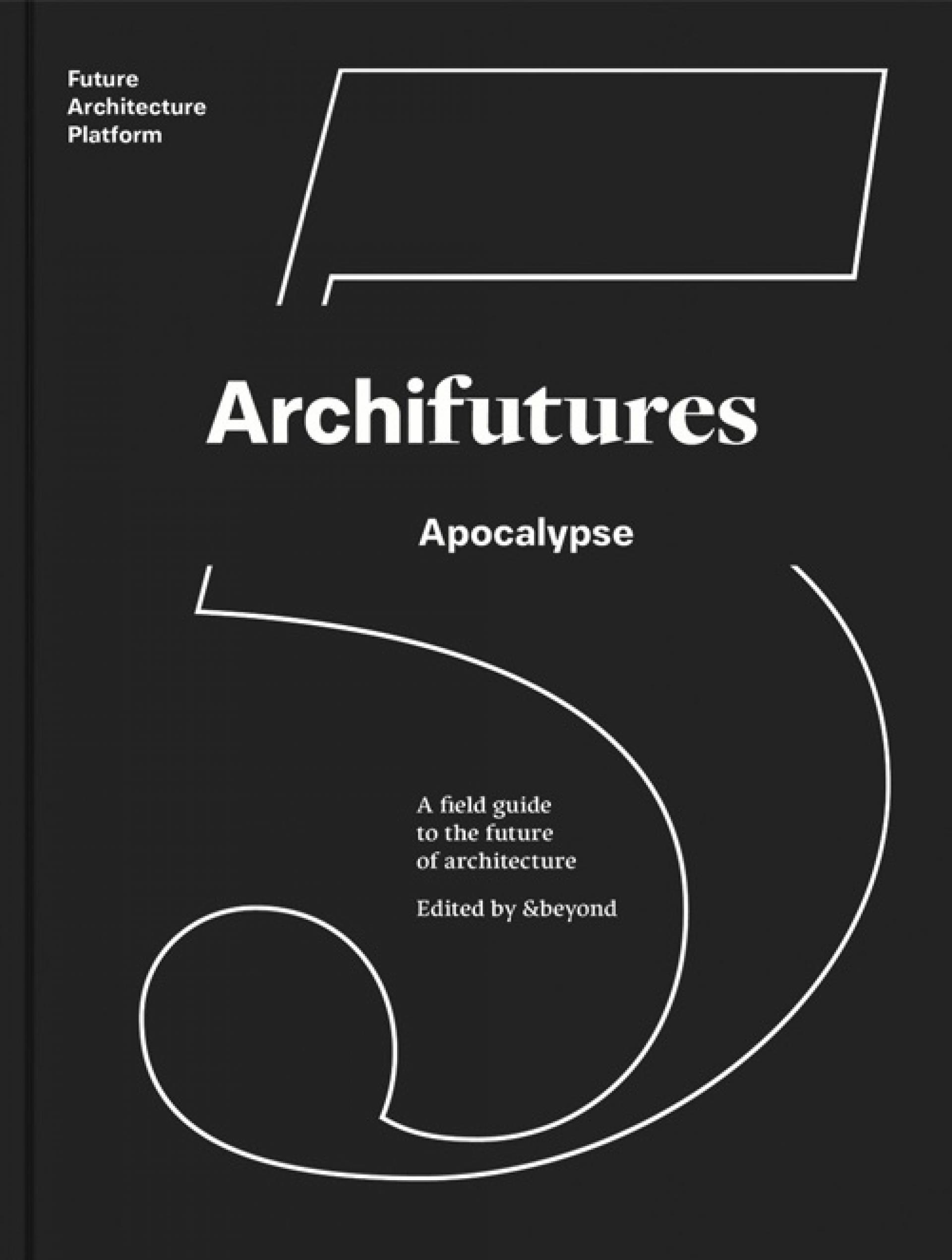
Archifutures is an innovative digital/analogue publishing hybrid that brings together the possibilities of critical editorial work, innovative printing and active user intervention. The future is NOW!

Image credits by Creative Exchange 2020, Photo © Iztok Dimc/MAO